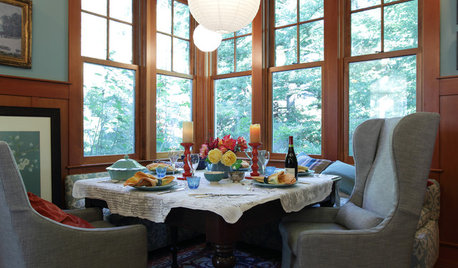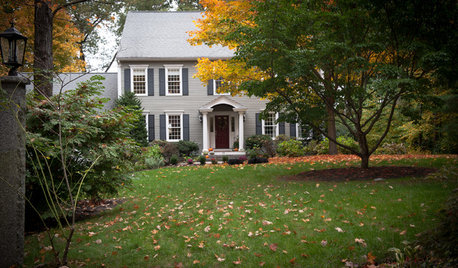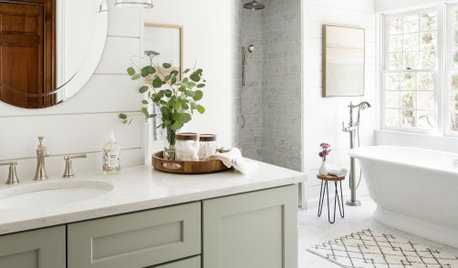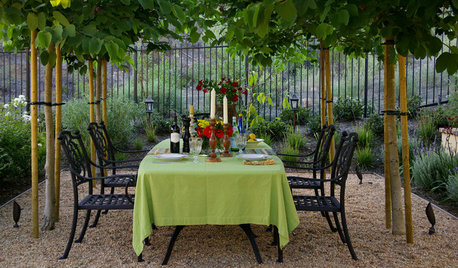Al's gritty mix questions
kwie2011
9 years ago
Featured Answer
Sort by:Oldest
Comments (15)
LilBit7765
9 years agolast modified: 9 years agoLilBit7765
9 years agolast modified: 9 years agoRelated Professionals
Blue Springs Landscape Contractors · Byram Landscape Contractors · Elkridge Landscape Contractors · Eureka Landscape Contractors · Holtsville Landscape Contractors · Mequon Landscape Contractors · North Haven Landscape Contractors · North Potomac Landscape Contractors · Palatine Landscape Contractors · Paso Robles Landscape Contractors · Royal Oak Landscape Contractors · Shaker Heights Landscape Contractors · South Lyon Landscape Contractors · Stallings Landscape Contractors · Fairfax Handymandellis326 (Danny)
9 years agolast modified: 9 years agokwie2011
9 years agolast modified: 9 years agoSuzi AKA DesertDance So CA Zone 9b
9 years agolast modified: 9 years agotapla (mid-Michigan, USDA z5b-6a)
9 years agolast modified: 9 years agokwie2011
9 years agolast modified: 9 years agoLilBit7765
9 years agolast modified: 9 years agoLilBit7765
9 years agolast modified: 9 years agoLoveplants2 8b Virginia Beach, Virginia
9 years agolast modified: 9 years agotapla (mid-Michigan, USDA z5b-6a)
9 years agolast modified: 9 years agodrew51 SE MI Z5b/6a
9 years agolast modified: 9 years agotapla (mid-Michigan, USDA z5b-6a)
9 years agolast modified: 9 years agoJoe1980
9 years agolast modified: 9 years ago
Related Stories

KITCHEN DESIGN9 Questions to Ask When Planning a Kitchen Pantry
Avoid blunders and get the storage space and layout you need by asking these questions before you begin
Full Story
KITCHEN DESIGNNew This Week: 2 Kitchens That Show How to Mix Materials
See how these kitchens combine textures, colors and materials into a harmonious whole
Full Story
LAUNDRY ROOMSSoak Up Ideas From 3 Smart Laundry Rooms
We look at the designers’ secrets, ‘uh-oh’ moments and nitty-gritty details of 3 great laundry rooms uploaded to Houzz this week
Full Story
FUN HOUZZHouzz Quiz: What's Your Decorating Style?
Answer these 9 questions to find out what decorating style suits you best
Full Story
FURNITURESmart Shopper: How to Judge Antique Furniture Quality
Pick the treasures from the trash without expert experience by learning how to evaluate antiques and what questions to ask
Full Story
MOST POPULAR10 Things to Ask Your Contractor Before You Start Your Project
Ask these questions before signing with a contractor for better communication and fewer surprises along the way
Full Story
HOUZZ TOURSMy Houzz: Easygoing Elegance for a Massachusetts Saltbox
With beers on tap, a pizza oven and a guitar collection, this home mixes classic with generous doses of fun
Full Story
LOFTSHouzz Tour: Asian Elegance With an Industrial Edge
Once a grocery warehouse, this Denver loft is now stocked with a mix of dramatic, raw and refined pieces
Full Story
BATHROOM DESIGN14 Design Tips to Know Before Remodeling Your Bathroom
Learn a few tried and true design tricks to prevent headaches during your next bathroom project
Full Story
LANDSCAPE DESIGNEnjoy the Romance of Dining in a Classic Gravel Garden
Here’s what to consider when it comes to installing, styling and maintaining a DIY-friendly gravel patio
Full Story









meyermike_1micha